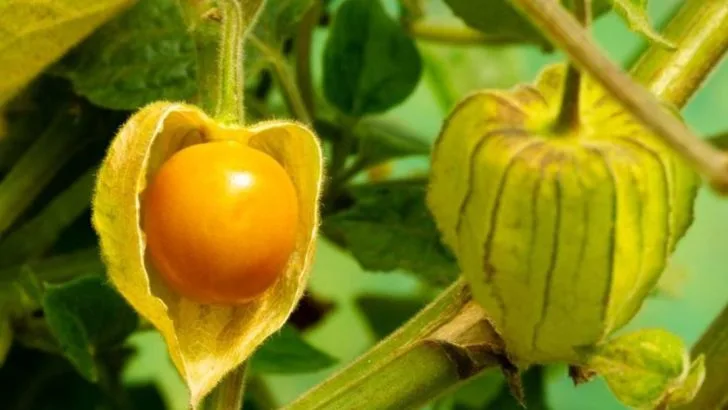In a world full of supermarket staples and trendy hybrid crops, some of the most flavorful, resilient, and nutritious vegetables have quietly disappeared from everyday gardens. But not for the Amish, who continue to grow a rich variety of heirloom vegetables that most people have never even heard of.
In this list, you’ll discover 15 forgotten vegetables still cherished in Amish communities — each with a story, a purpose, and a flavor profile that puts modern varieties to shame. These crops aren’t just interesting—they’re practical, productive, and well worth bringing back to your garden.
You may never look at your seed catalog the same way again.
Salsify
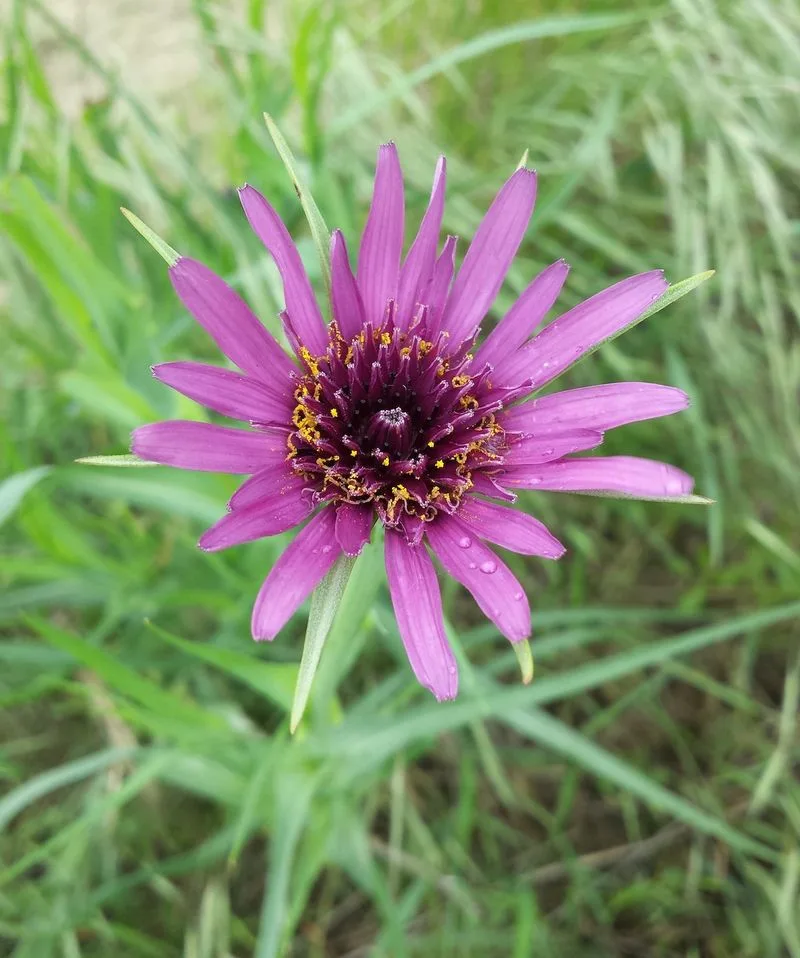
Salsify, often dubbed the ‘oyster plant’ for its unique flavor, is a root vegetable that resembles a long, thin parsnip. Its subtle taste, reminiscent of oysters, often surprises first-timers. Beyond its culinary intrigue, salsify is packed with nutrients and adds a creamy texture to dishes. Growing salsify requires patience, as it needs a full growing season to mature. However, its resilience to cold makes it a favorite among Amish farmers. Historically, salsify was a staple in European cuisine, making its way to American soil with early settlers. Today, it’s a rare find, treasured by those in the know.
Ground Cherry
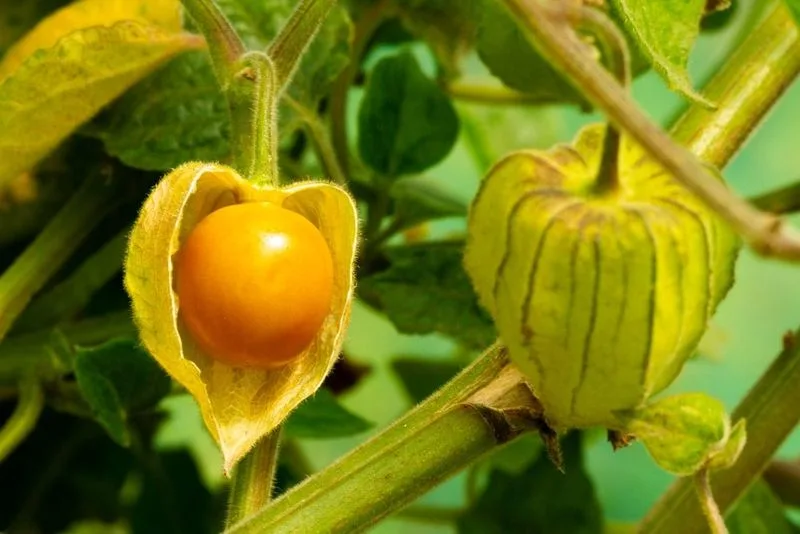
Ground cherries, with their enchanting, papery husks, hide sweet, tangy berries inside. These little fruits are a delightful surprise in the garden. Known for their versatility, they can be eaten fresh, added to salads, or turned into jams. Ground cherries thrive in well-drained soil and enjoy full sun, making them perfect for Amish farms. Originally native to South America, they were brought to North America by settlers who valued their unique taste. Ground cherries are not only delicious but also rich in vitamins, adding a nutritious punch to any meal.
Celeriac
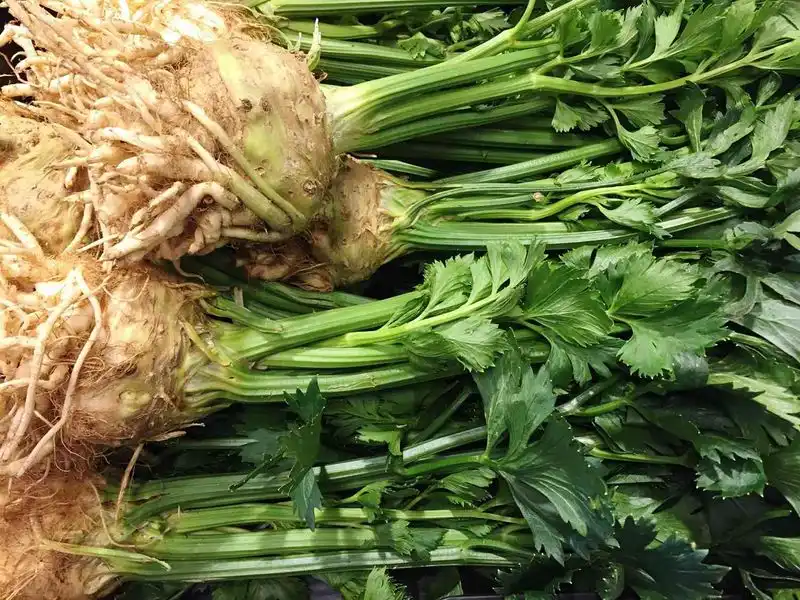
Celeriac may not win beauty contests, but this knobby root vegetable offers a delightful celery-like flavor. Often used in soups and stews, it brings an earthy depth to dishes. The Amish appreciate celeriac for its hardiness and ability to store well through winter months. Growing celeriac requires rich soil and consistent moisture, but the effort rewards with a versatile kitchen staple. A European native, celeriac has been part of traditional diets for centuries. Its ugly exterior hides a tender, flavorful interior that chefs and home cooks alike adore.
Amish Deer Tongue Lettuce
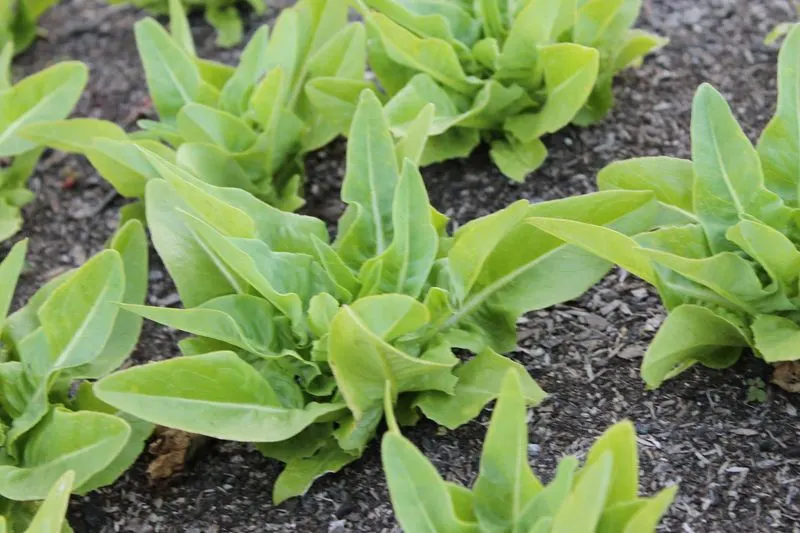
Amish Deer Tongue Lettuce, with its distinct pointed leaves, is a heritage variety cherished for its crisp texture and mild flavor. This lettuce stands out not just for its appearance but for its adaptability to various climates. The Amish have cultivated it for generations, appreciating its resistance to bolting in hot weather. Its name reflects the leaf shape, reminiscent of a deer’s tongue. Perfect for salads, it adds a fresh, crunchy element without overpowering other ingredients. This heirloom lettuce reconnects us with gardening traditions that prioritize flavor and resilience.
Cardoon
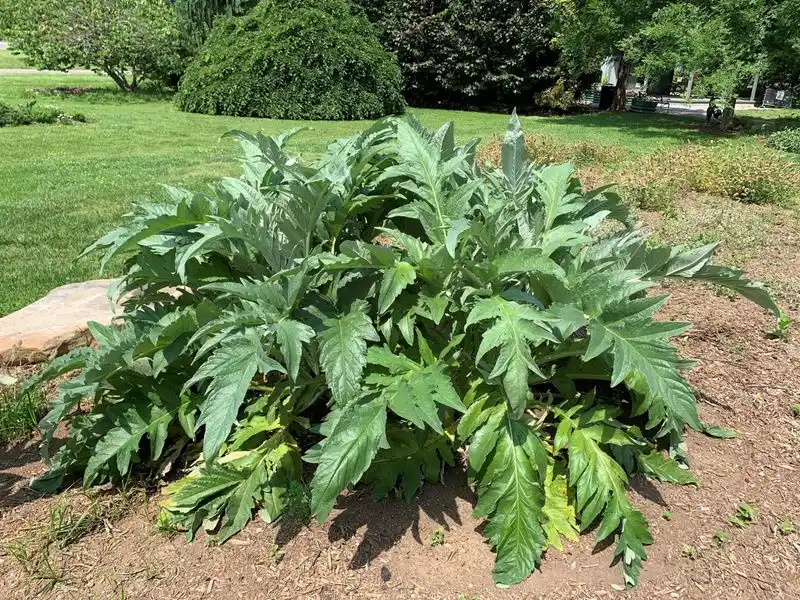
Cardoon, akin to an artichoke, is celebrated for its edible stalks. Its striking, thistle-like appearance often draws attention. Cultivating cardoon involves blanching the stalks to tenderize them, a technique the Amish have perfected over time. This Mediterranean native thrives in well-drained soil and sunny spots. Its unique flavor, a blend of artichoke and celery, elevates dishes with a gourmet touch. Historically, cardoon was a prized vegetable in ancient cuisines, revered for its medicinal properties and culinary potential. Today, it’s a symbol of forgotten culinary artistry.
Scorzonera
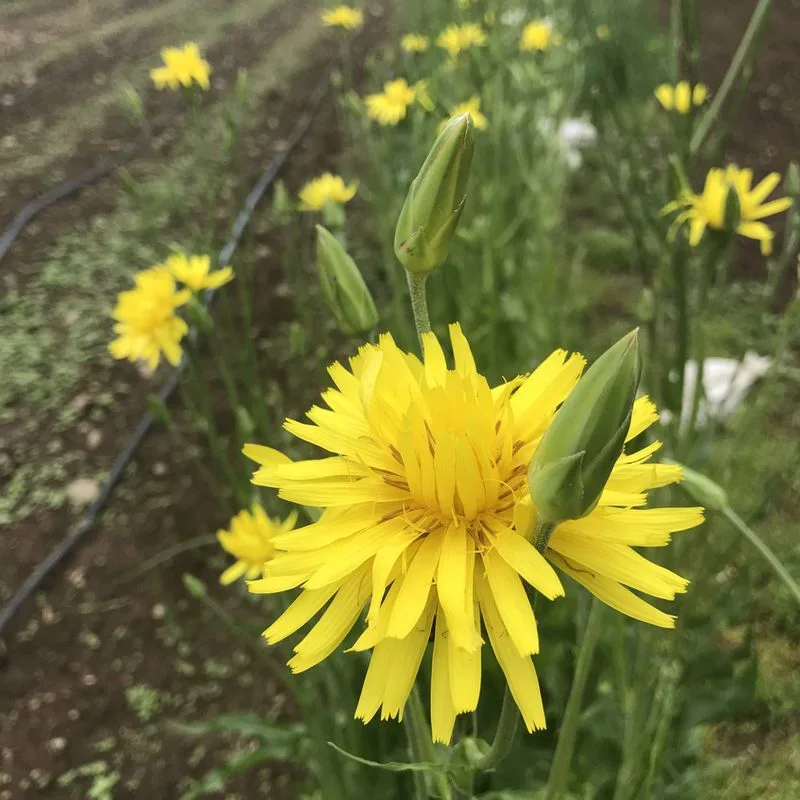
Scorzonera, known as black salsify, surprises with its dark, bark-like exterior and tender, white interior. This root vegetable is valued for its delicate, slightly sweet flavor. Ideal for soups and purees, scorzonera adds a sophisticated touch to meals. The Amish favor it for its ability to thrive in cold climates and poor soil conditions. Scorzonera’s history dates back to medieval Europe, where it was used both as food and medicine. Although rare today, it remains a cherished crop among those familiar with its unique qualities and culinary versatility.
Purple Podded Peas
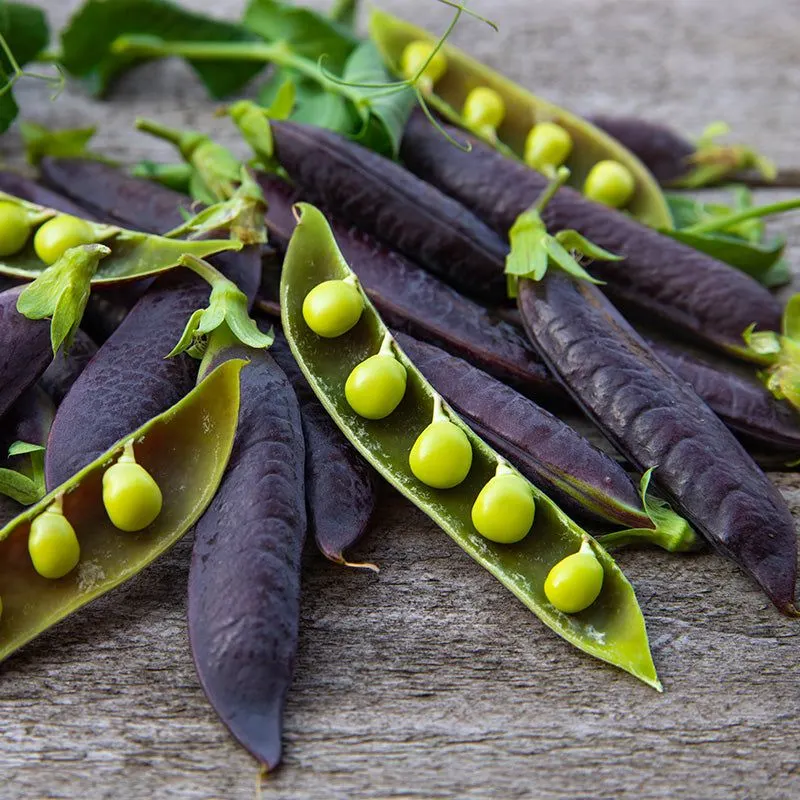
Purple Podded Peas offer a visual treat with their striking purple pods. These peas are not only beautiful but also delicious, with a sweet, tender taste. Perfect for snacks or salads, they bring color and flavor to the table. The Amish cultivate these peas for their robustness and visual appeal. They thrive in cooler climates and are often grown on trellises to maximize space. Purple Podded Peas have historical roots in ancient agricultural practices, where they were prized for both their aesthetic and nutritional benefits. A feast for the eyes and palate!
Hamburg Parsley
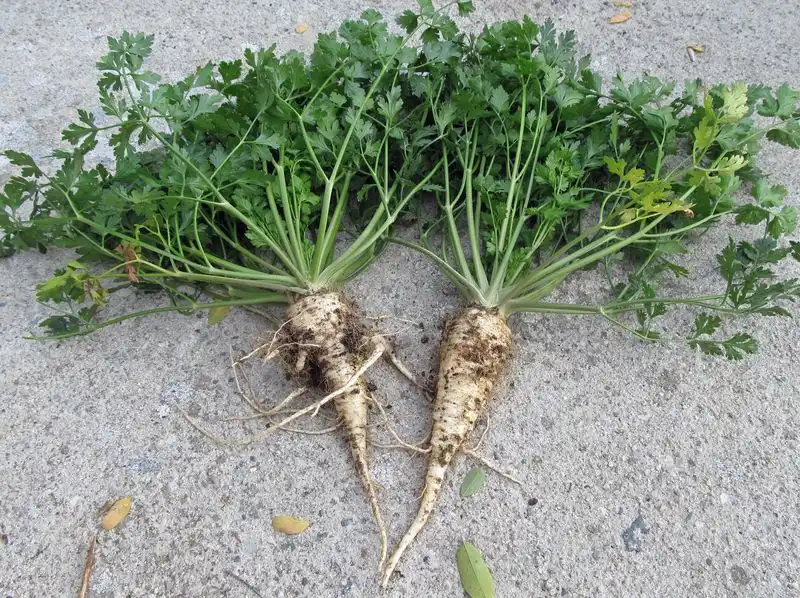
Hamburg Parsley, with its dual purpose of both root and leaf, is a versatile addition to any garden. Its roots, similar to parsnips, possess a nutty flavor, while the leaves offer a fresh parsley taste. This adaptability makes it a favorite among Amish gardeners. Historically, Hamburg Parsley was embraced in Central European cuisine for its hardiness and flavorful contributions to soups and stews. Growing it requires well-drained soil and patience as it matures. The Amish appreciate its ability to withstand harsh winters, securing its place in their agricultural repertoire.
Sea Kale
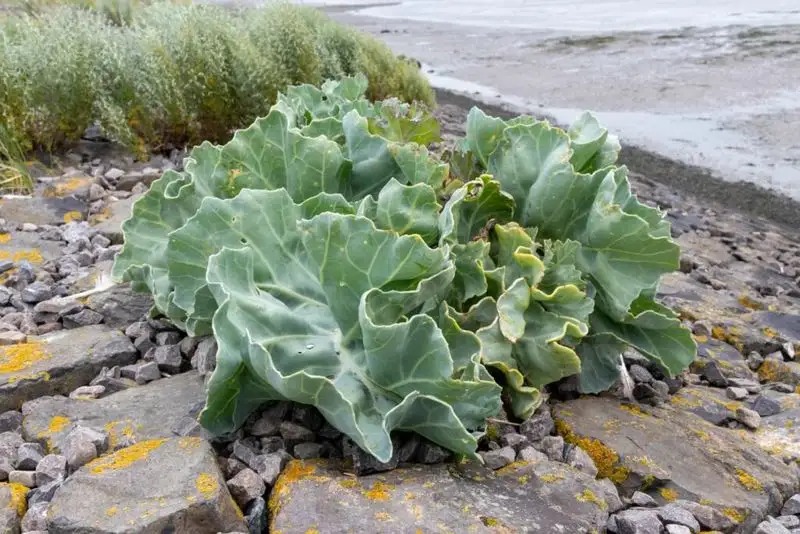
Sea Kale, often found along coastlines, captivates with its broad, cabbage-like leaves. It’s renowned for its salty, slightly bitter taste, reminiscent of sea air. Cultivating sea kale requires a coastal climate, where it thrives despite challenging conditions. The Amish have embraced this crop for its resilience and unique flavor profile. Historically, sea kale was a staple in coastal European diets, valued for its nutritional benefits and distinctive taste. Its leaves and shoots can be cooked similarly to asparagus, providing a maritime twist to traditional dishes.
Good King Henry
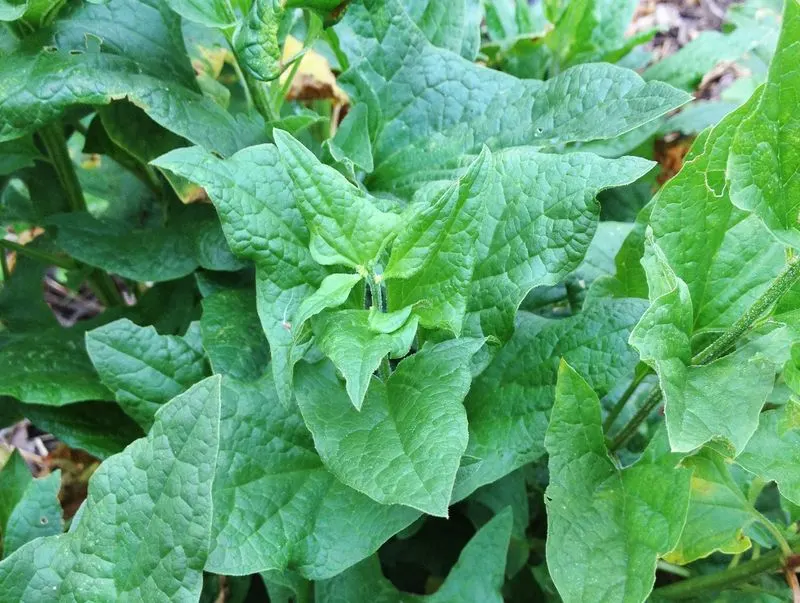
Good King Henry, sometimes called ‘poor man’s asparagus’, offers a taste of history with its spinach-like leaves. This perennial is easy to grow, thriving in neglected corners of the garden where it adds a touch of green throughout the year. The Amish value it for its low-maintenance nature and nutritional richness. Originally, Good King Henry was a staple in ancient European diets, often used in soups and salads. Its tender shoots and leaves provide a mild, earthy flavor that complements a variety of dishes, making it a hidden gem among vegetables.
Jerusalem Artichoke
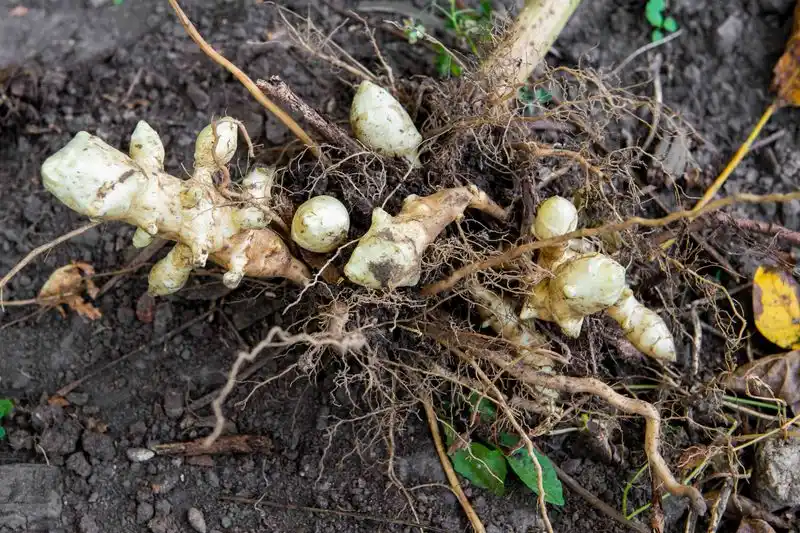
Jerusalem Artichokes, despite their name, are not artichokes but a type of sunflower. Their edible tubers have a nutty, sweet taste and are rich in inulin, making them a boon for gut health. The Amish appreciate their easy growth and prolific yield. These tubers are versatile, suitable for roasting, boiling, or even raw consumption. Native to North America, they were a staple food for Native Americans before being adopted by European settlers. Today, they’re a favorite among those seeking nutritious, lesser-known vegetables that thrive with minimal care.
Skirret
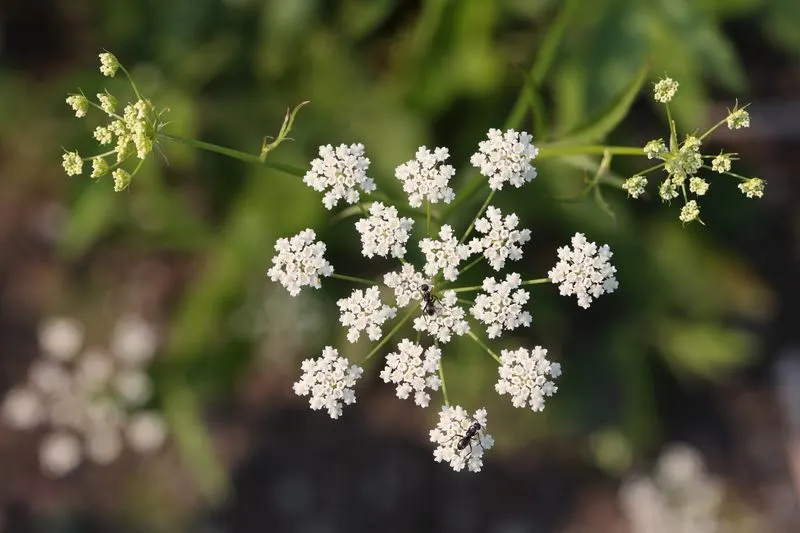
Skirret, with its clustered, sweet roots, harkens back to medieval times when it was a culinary staple. Its flavor, a blend of parsnip and carrot, makes it a unique addition to modern dishes. The Amish treasure skirret for its adaptability and sweet taste. It requires well-drained soil and consistent moisture to flourish. Skirret’s historical significance is profound, often featured in ancient Roman and Chinese cuisines. Today, it’s a rare find, cherished for its ability to add historical depth and flavor to contemporary recipes.
Chicory
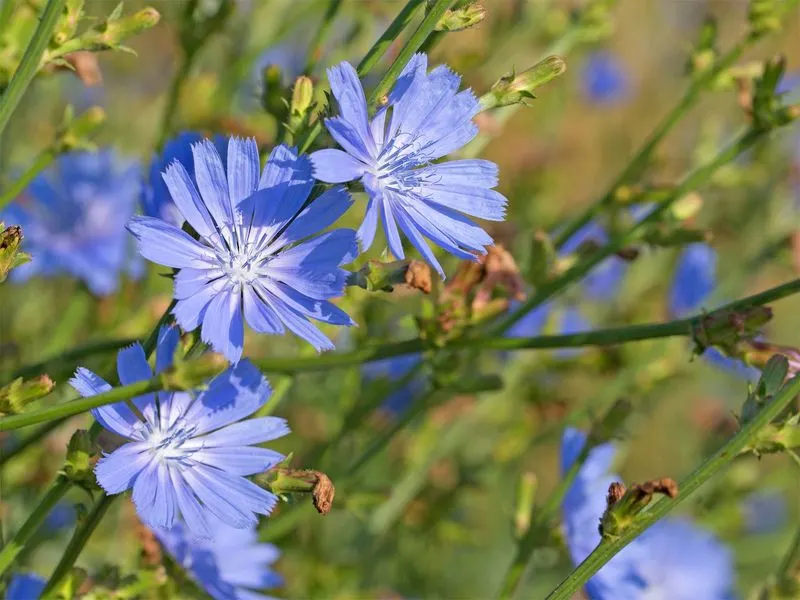
Chicory boasts vibrant blue flowers and a bitter, yet intriguing flavor profile. Its leaves and roots offer diverse culinary uses. The leaves can be used in salads or cooked as greens, while the roots are often roasted as a coffee substitute. The Amish grow chicory for its resilience and multifunctionality. It thrives in poor soil conditions, making it an ideal crop for sustainable farming. Historically, chicory has been used in European and Mediterranean cuisines for centuries, valued for its medicinal properties and culinary versatility.
Lovage
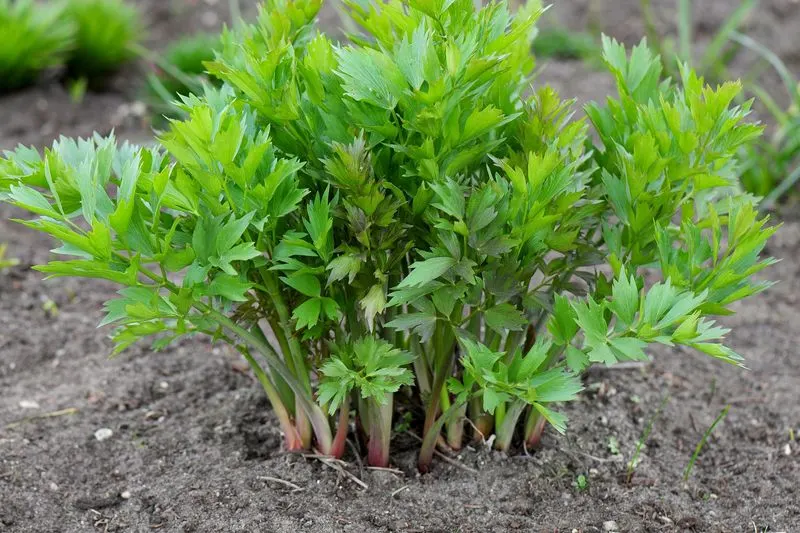
Lovage, with its bold, celery-like flavor, has long been a kitchen staple in European cooking. Its tall stalks and aromatic leaves make it a standout in the herb garden. The Amish cultivate lovage for its robust growth and culinary potential. It thrives in rich, well-drained soil and is often used to enhance soups, stews, and salads with its intense flavor. Historically, lovage was revered for its medicinal properties, believed to aid digestion and respiratory health. Today, it remains a beloved herb for those in search of potent, natural flavors.
French Sorrel
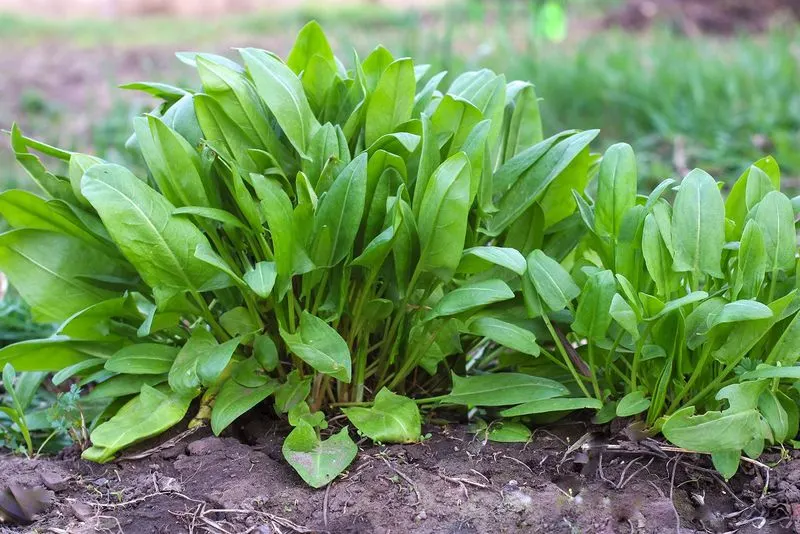
French Sorrel offers a lemony tang that brightens any dish. Its sharp, pointed leaves pack a punch of flavor, making it a favorite for salads, soups, and sauces. The Amish value French Sorrel for its perennial nature and ease of growth. It thrives in well-drained soil and is remarkably hardy, often the first green to emerge in spring. Historically, sorrel has been a part of European diets since ancient times, appreciated for its refreshing taste and nutritional benefits. A perfect complement to heavier dishes, it adds a zesty touch that awakens the palate.

